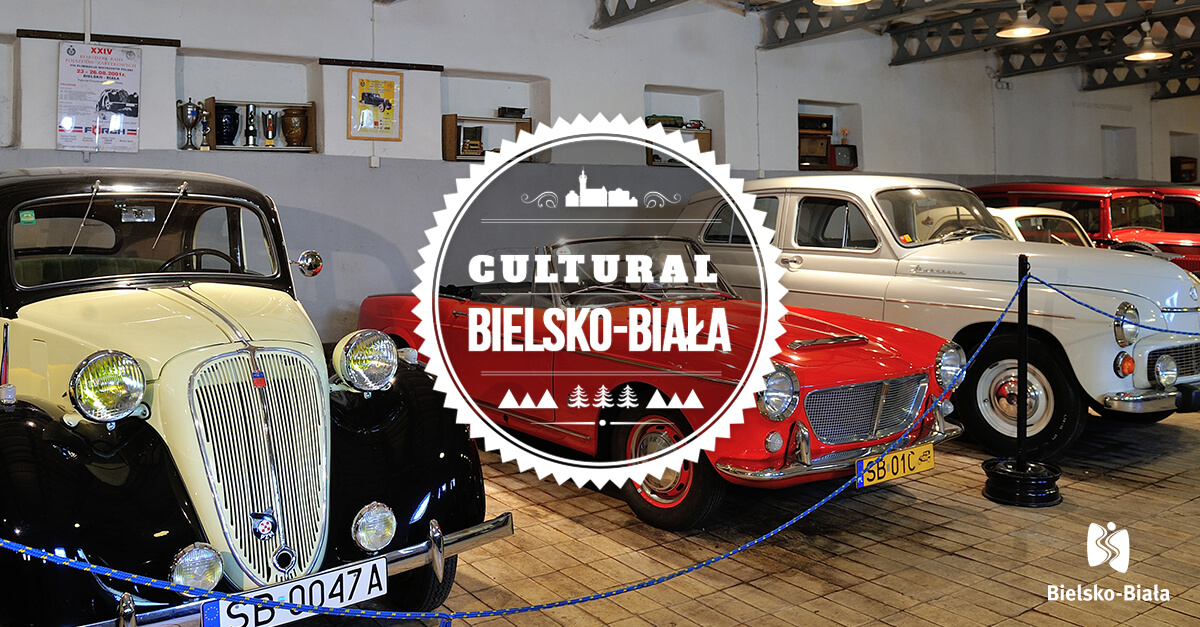
CULTURAL BIELSKO-BIAŁA
I could lay bets that if I were to ask you about three things that you associate with Bielsko-Biała one of them would be Fiat.
THE SMALL FIAT MUSEUM
The Compact Car Factory (FSM) was established in 1971 and changed motoring tastes in Poland for ever. The Fiat 126p turned out to be a big hit. After two years of preparatory work the first “Maluch” (Tiny Tot) rolled off the production line and a frenzy began which for many lasts to this day. One such person is Antoni Przychodzień, the creator of the Small Fiat Museum. In this unique place we can see the jewels of Polish design as well as rarities such as one of the forty-five Fiat 126p Cabrio Buggys specially produced for the Dutch by the Mechanical Works in Gorzów Wielkopolski. I’m not going to give away all the museum’s secrets. I’ll just add that I was greatly surprised by the Fiat produced for the military. This model, originally designed for the army, had the option of caterpillar tracks or runners being attached.

THE AUTOMOTIVE MUSEUM
It turns out that there are a lot more car lovers in the region. The Automotive Museum has been open to the public for the past ten years, having been established by Jacek Balicki, vice president of the Beskid Automobile Club. A former fruit processing plant was adapted to house the exhibition. The exhibits include a BMW from the 1930s, the only one in Poland, as well as Mercedes and Opel models from the same era. A surprising fact is that Opel started off by manufacturing bicycles. In Bielsko-Biała we can see a pre-war two-wheeler with all its original parts preserved including pump, dynamo and bell. The vehicles on display regularly take part in shows and vintage car rallies in Poland and abroad.

THE WŁADYSŁAW REYMONT PRIVATE LITERARY MUSEUM
I have a feeling that there is a higher concentration of people with specific obsessions in the Podbeskidzie capital than anywhere else in the country. Tadeusz Modrzejewski has run the Władysław Reymont Private Literary Museum for almost thirty years. In it we can find hand copied and illustrated works of Reymont and other Polish classics. This is the museum owner’s passion and he has compiled over a hundred volumes in this manner. Mr Modrzejewski’s efforts have been acknowledged by the Reymont Foundation in Canada who have made him an Honorary Member of their organisation.

THE PPP GALLERY
Another interesting place on the artistic map of the city is the PPP Gallery.
The Bielsko-Biała Circle of the Union of Polish Visual Artists is very active and on average prepares a new exhibition once a month. Some time ago there was a private viewing of Tamara Berdowska’s and Leszek Oprządek’s Painting and Sculpture. I was not at all surprised to learn that these two artists had moved from Kraków and have been settled in Bielsko-Biała for several years now. After all, this city is extremely welcoming to all art lovers.

THE BIELSKO BWA GALLERY
What is it that has really struck me in a positive way about Bielsko-Biała? Something that I hadn’t noticed at first and which I only realised existed once I got to know the city from various perspectives. Something, someone – the people! It is the residents of this city who create its unique atmosphere. Here, it’s not worth being just a run-of-the-mill tourist. Here, you have to melt into the crowd, ask questions, explore, and delight in the approach to life and diverse ideas of the people of Bielsko-Biała. The city may have a population of a mere 175,000 residents but its cultural programme is on a national, if not global, scale of excellence.
I am also greatly impressed by the consistency in the operation of the cultural scene and its long-term projects, something I come across all the time. The “Bielska Zadymka Jazzowa” (Bielsko Jazz Blizzard) has been running for over twenty years now. For events with an even longer tradition one ought to mention the Paintings Biennial, “Bielska Jesień” (Bielsko Autumn), which has been running since 1995, and which in itself is an extension of the All-Poland Contemporary Art Competition begun in 1962. The Biennial is one of the events put on by Bielsko BWA Gallery whose changing collections have been on display since the 1960s. The collections include examples of painting, the graphic arts, drawing, photography and installations. There are also lectures, workshops, meetings with artists and exhibitions. The atmosphere is enhanced by the aroma of freshly brewed coffee from the café-club Aquarium.


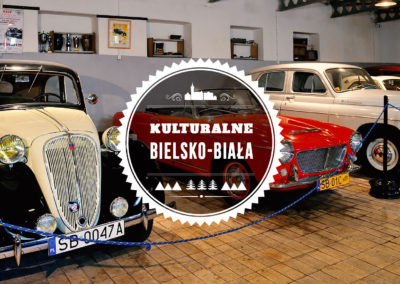

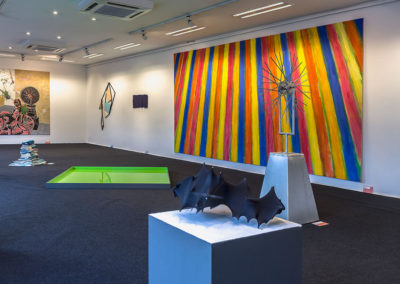
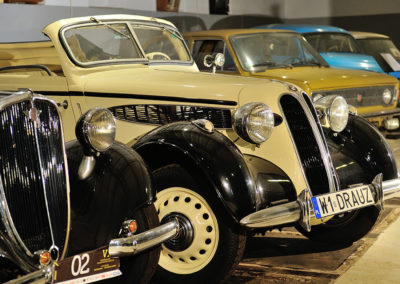
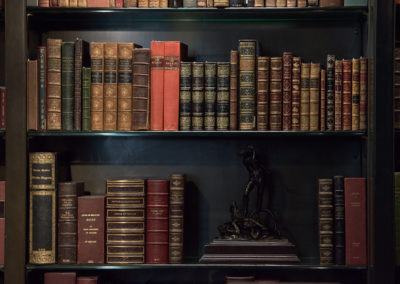
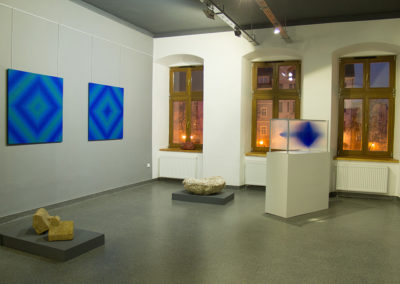
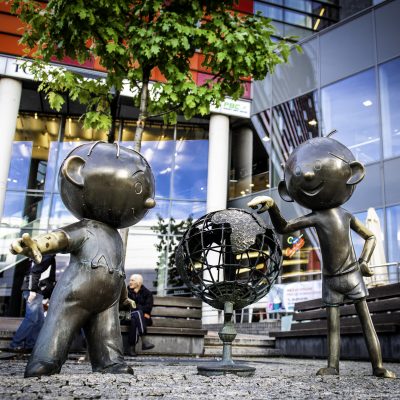

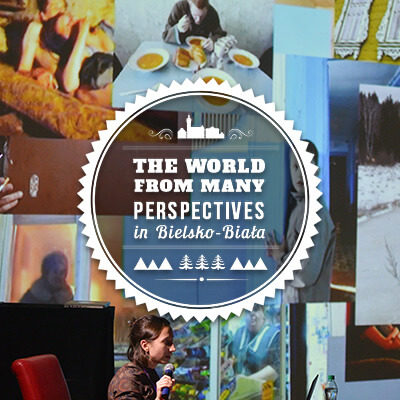

OSTATNIE KOMENTARZE